Crystal Violet
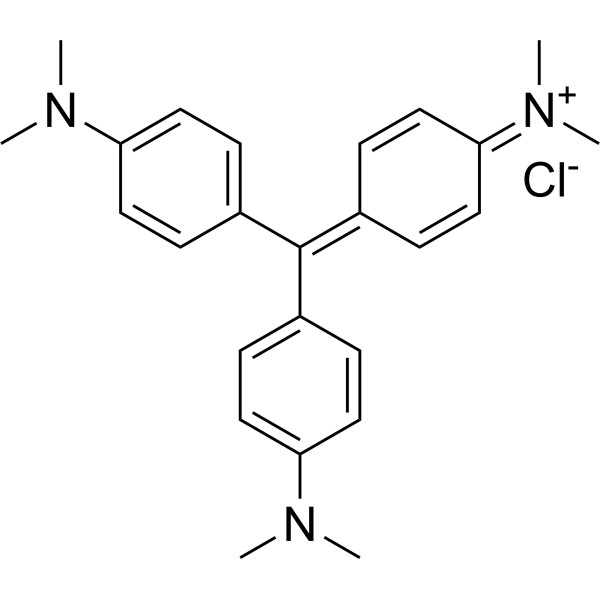
Crystal Violet structure
|
Common Name | Crystal Violet | ||
|---|---|---|---|---|
| CAS Number | 548-62-9 | Molecular Weight | 407.979 | |
| Density | 1.19 g/cm3 (20ºC) | Boiling Point | N/A | |
| Molecular Formula | C25H30ClN3 | Melting Point | 215ºC | |
| MSDS | Chinese USA | Flash Point | 40ºC | |
| Symbol |




GHS02, GHS07, GHS08, GHS09 |
Signal Word | Warning | |
Use of Crystal VioletCrystal violet is a triarylmethane dye.Target: OthersCrystal Violet is a component of Gram staining that allows one to recognize the difference between gram-positive and gram-negative bacteria with differential staining. The compound helps to access bacterial contamination of tissue culture samples. The staining response is due to the difference in the chemical and structural composition of the cell walls in different bacteria. Crystal Violet can also be used to test the different species of archaea and the cytostatic/cytotoxic effects on tumor cell lines [1-3]. |
| Name | crystal violet |
|---|---|
| Synonym | More Synonyms |
| Description | Crystal violet is a triarylmethane dye.Target: OthersCrystal Violet is a component of Gram staining that allows one to recognize the difference between gram-positive and gram-negative bacteria with differential staining. The compound helps to access bacterial contamination of tissue culture samples. The staining response is due to the difference in the chemical and structural composition of the cell walls in different bacteria. Crystal Violet can also be used to test the different species of archaea and the cytostatic/cytotoxic effects on tumor cell lines [1-3]. |
|---|---|
| Related Catalog | |
| References |
[2]. Coico, R., Gram staining. Curr Protoc Microbiol, 2005. Appendix 3: p. Appendix 3C. |
| Density | 1.19 g/cm3 (20ºC) |
|---|---|
| Melting Point | 215ºC |
| Molecular Formula | C25H30ClN3 |
| Molecular Weight | 407.979 |
| Flash Point | 40ºC |
| Exact Mass | 407.212830 |
| PSA | 9.49000 |
| LogP | 1.46360 |
| InChIKey | ZXJXZNDDNMQXFV-UHFFFAOYSA-M |
| SMILES | CN(C)c1ccc(C(=C2C=CC(=[N+](C)C)C=C2)c2ccc(N(C)C)cc2)cc1.[Cl-] |
CHEMICAL IDENTIFICATION
HEALTH HAZARD DATAACUTE TOXICITY DATA
MUTATION DATA
|
| Symbol |




GHS02, GHS07, GHS08, GHS09 |
|---|---|
| Signal Word | Warning |
| Hazard Statements | H226-H319-H351-H411 |
| Precautionary Statements | P273-P281-P305 + P351 + P338 |
| Personal Protective Equipment | Eyeshields;Faceshields;full-face respirator (US);Gloves;multi-purpose combination respirator cartridge (US);type ABEK (EN14387) respirator filter |
| Hazard Codes | T:Toxic |
| Risk Phrases | R22;R41;R45;R50/53 |
| Safety Phrases | S45-S53-S60-S61 |
| RIDADR | UN 3077 |
| WGK Germany | 3 |
| RTECS | BO9000000 |
| Packaging Group | III |
| Hazard Class | 9 |
| HS Code | 32041300 |
| Precursor 9 | |
|---|---|
| DownStream 10 | |
| HS Code | 32041300 |
|---|
|
Single nucleotide polymorphism analysis of the major tripartite multidrug efflux pump of Escherichia coli: functional conservation in disparate animal reservoirs despite exposure to antimicrobial chemotherapy.
Antimicrob. Agents Chemother. 54 , 1007-15, (2010) AcrAB-TolC imparts a strong intrinsic resistance phenotype to many clinically significant molecules in Escherichia coli. This complex is composed of a pump, AcrB, and a periplasmic protein, AcrA, that... |
|
|
Biologic activities of the TolC-like protein of Neisseria meningitidis as assessed by functional complementation in Escherichia coli.
Antimicrob. Agents Chemother. 54 , 506-8, (2010) Neisseria meningitidis can produce a TolC-like protein needed for secretion of FrpC but not efflux of antimicrobials. We now report that expression of the meningococcal tolC gene in a TolC-deficient s... |
|
|
Characterization of TolC efflux pump proteins from Pasteurella multocida.
Antimicrob. Agents Chemother. 52 , 4166-71, (2008) Two TolC homologs, PM0527 and PM1980, were identified for Pasteurella multocida. A pm0527 mutant displayed increased susceptibility to a range of chemicals, including rifampin (512-fold) and acridine ... |
| Crystal violet |
| Basic Violet 3 |
| EINECS 208-953-6 |
| Methyl violet |
| MFCD00011750 |
 CAS#:121-69-7
CAS#:121-69-7 CAS#:100-10-7
CAS#:100-10-7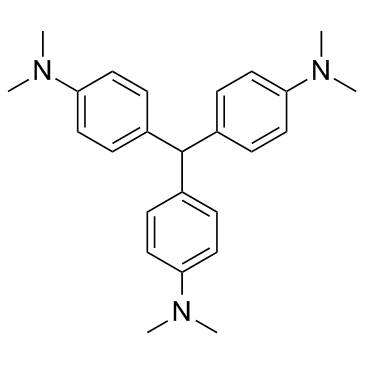 CAS#:603-48-5
CAS#:603-48-5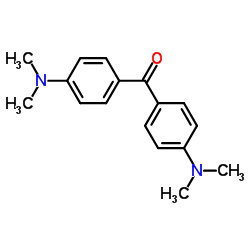 CAS#:90-94-8
CAS#:90-94-8 CAS#:75-44-5
CAS#:75-44-5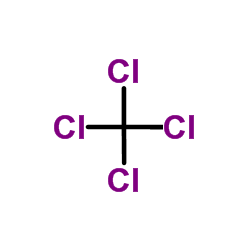 CAS#:56-23-5
CAS#:56-23-5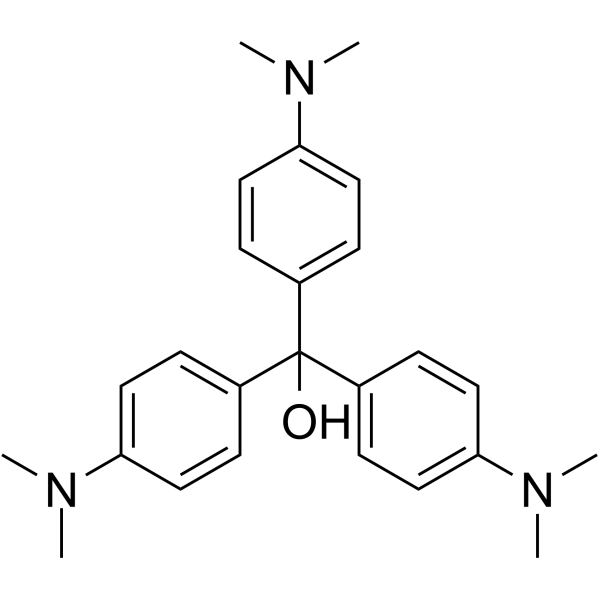 CAS#:467-63-0
CAS#:467-63-0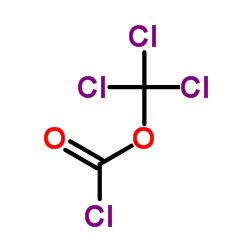 CAS#:503-38-8
CAS#:503-38-8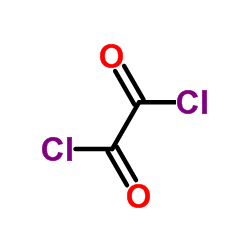 CAS#:79-37-8
CAS#:79-37-8 CAS#:619-60-3
CAS#:619-60-3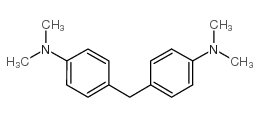 CAS#:101-61-1
CAS#:101-61-1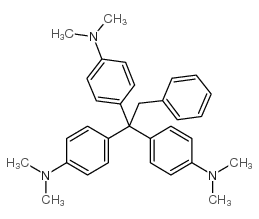 CAS#:328010-96-4
CAS#:328010-96-4![4-[1,1-bis[4-(dimethylamino)phenyl]butyl]-N,N-dimethylaniline structure](https://image.chemsrc.com/caspic/469/93522-25-9.png) CAS#:93522-25-9
CAS#:93522-25-9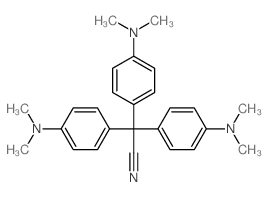 CAS#:4439-06-9
CAS#:4439-06-9 CAS#:596-49-6
CAS#:596-49-6
